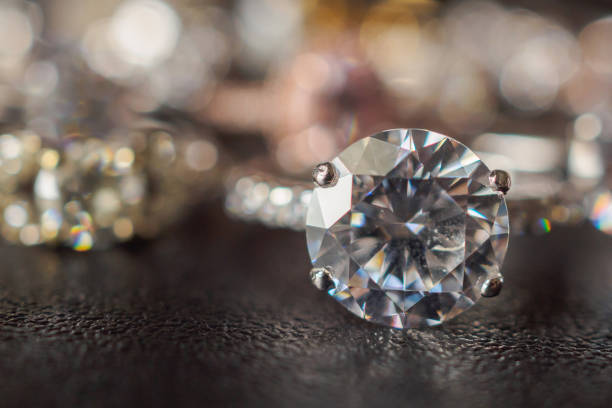All About Akoya Pearls All Entries

There’s just something so beautiful and classic about pearls. It is a stone that hearkens back to classic Hollywood, they’re a fashion staple, and are beloved by many. Cultured pearls first gained popularity following World War II, when soldiers returned home with pearl jewelry for their girlfriends and wives. The most important and popular type of pearl is the Akoya pearl.
The High Price of Pearls
For a long time, the only way for people to find pearls was to dive into the ocean for them. It was hard and dangerous work, and it was nearly impossible to find high-quality pearls, driving the cost of the stones up. The prices became so high that at one point in history, only the nobles and royalty were allowed to wear them.
Akoya Pearl Farms
Akoya pearls are formed inside of small mollusks which are farmed out of Japan. They are typically found in small lagoons and bays that provide natural protection from any destructive natural elements and have freshwater estuaries to help lower the salinity of the ocean water. These very specific conditions help plankton to grow, and the akoya pearl mollusks will then eat these plankton to survive.
Kokichi Mikimoto, a pearl farmer, began experimenting with pearl culturing techniques, and in 1893, he successfully became the first person to culture a semi-spherical pearl, changing the history of the stone forever.
Culturing an Akoya Pearl
To properly culture an akoya pearl, farmers will carefully insert a bead nucleus into an oyster's gonad. If the insertion is successful, the oyster will secret a nacre over the bead, slowly building the pearl up over time. It takes one year to 18 months for a pearl to fully form.
The Appearance of an Akoya Pearl
Akoya pearls on average are about 7 millimeters in size but can be found anywhere between 1 millimeter to 11 millimeters. They are round and have a very bright luster. The highest quality of akoyas are almost mirror-like. They are typically white, though treated akoya pearls can come in a variety of colors.
How to Care for an Akoya Pearl
Akoya pearls are very easy stones to care for. To easily keep them polished and hydrated, wear them regularly. Natural body oils are good for them and keep them looking beautiful.
Cleaning them is easy as well. A soft brush or cloth will help get the job done, and a little bit of mild soap if needed. Don’t use any harsh chemicals or ultrasonic cleaners on them. The harsh vibrations can cause damage.
Keep your pearls in a jewelry box or pouch that will allow air to circulate. Keeping them closed up can dry them out. Direct sunlight can also damage them as well.
At Ralph Mueller and Associates, we understand how important jewelry is, which is why we’re so passionate about it. If you’re thinking of selling your pearl jewelry, call us at 480.949.9299 to find out how we can make it simple for you.